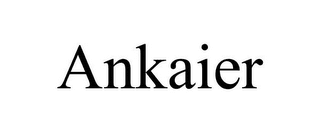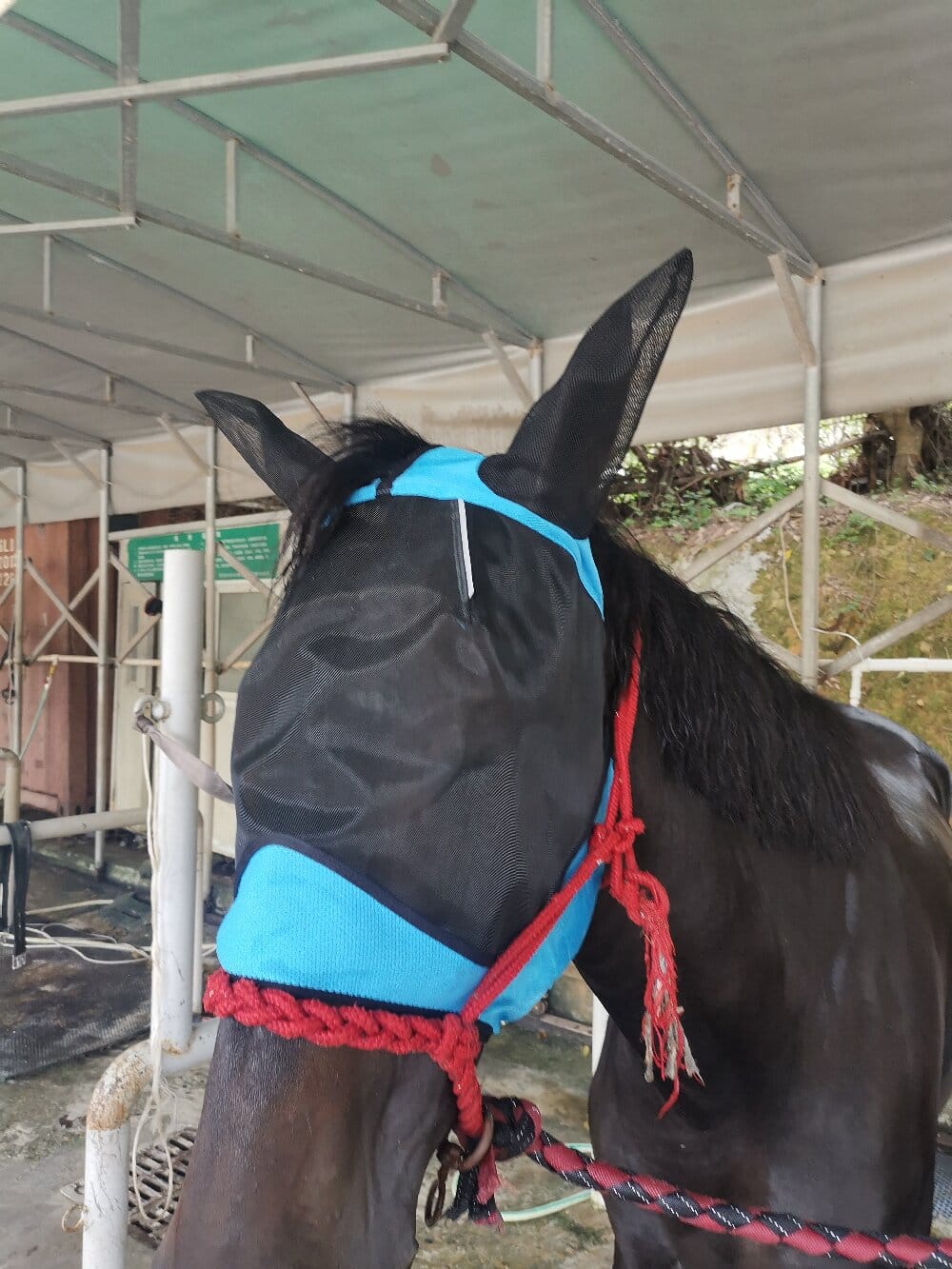When you think about your horse’s well-being, you consider their feed, their hoof care, and their shelter. But have you ever stopped to truly interpret the data your horse is giving you about their eye comfort? A horse fly mask is far more than a simple mesh screen; it’s a critical piece of protective gear whose necessity is communicated through your horse’s behavior. You see it when they frantically shake their head in the pasture, constantly swish their tail, or seek refuge from the sun and bugs in their stall. These are not random actions; they are clear data points indicating irritation, stress, and potential harm. Interpreting these signals correctly is the first step in providing proactive care, transforming a simple accessory into an essential tool for equine health and happiness.
Decoding the Design: More Than Just Bug Protection
At first glance, a fly mask’s purpose seems singular: to keep biting insects away. However, a deeper look reveals a multi-functional design engineered from data on equine vulnerabilities. The fine mesh acts as a physical barrier against flies, gnats, and mosquitoes, preventing the painful bites that can lead to infections, watery eyes, and constant agitation. But the data interpretation doesn’t stop there. Many modern equine fly masks are now integrated with UV protective technology. This feature is a direct response to data showing that horses, particularly those with light-colored faces or conditions like equine recurrent uveitis, are susceptible to sun damage. By choosing a mask with UV protection, you’re not just managing a summer nuisance; you’re making a data-informed decision to safeguard your horse’s long-term ocular health.
Interpreting the Data for a Perfect Fly Mask Fit
The most technologically advanced fly mask is useless if it doesn’t fit correctly. Here, your observational data is paramount. An ill-fitting mask can cause rubs, discomfort, and even pose a safety risk. You need to become a detective, analyzing the evidence after each use. Look for signs of chafing around the ears, brow, or muzzle. The mask should be snug enough to stay on during rolling and vigorous grazing but loose enough that you can easily fit a few fingers between it and your horse’s skin. Key areas to check include:
- The Ear Covers: They should be deep enough not to pull but not so long they irritate.
- The Nose Coverage: Does your horse need protection just around the eyes, or do flies bother their muzzle as well? The data from their behavior will tell you.
- The Closure System: Whether it’s Velcro, a surcingle, or a breakaway style, the fastening must be secure yet safe, allowing for a quick release if it gets caught.
This continuous feedback loop—observing, adjusting, and re-observing—is a form of live data interpretation that ensures your horse’s comfort and safety.
Choosing the Right Fly Mask: A Data-Driven Decision
Walking into a tack shop or browsing online can be overwhelming, with a dizzying array of options for equine fly gear. To make an intelligent choice, you must filter these options through the specific dataset you’ve collected on your own horse. Consider their environment, personality, and unique needs. A horse in a heavily wooded, bug-infested area may need a more durable mask with longer nose coverage, while a horse in a sunny, open field might prioritize maximum UV defense. For the escape artist, a breakaway style is non-negotiable safety data. For the horse with a sensitive face, a mask with soft, fleece-lined edges is the comfort data speaking. You are not just buying a product; you are selecting a solution based on a personalized profile you have compiled.
The Long-Term Benefits of Consistent Use
The decision to use a horse fly mask consistently pays dividends that go beyond a bug-free afternoon. By preventing the constant irritation from flies, you reduce your horse’s overall stress levels, which can positively impact their temperament, appetite, and even their performance. You are also directly preventing conditions like conjunctivitis and corneal ulcers that can arise from frantic rubbing against fences or legs. Furthermore, the UV protection helps prevent sunburn and may reduce the frequency and severity of uveitis flare-ups in predisposed horses. When you interpret the long-term data, the consistent use of this simple piece of equine equipment translates into fewer vet bills, a more comfortable animal, and the peace of mind that comes from knowing you are addressing a health risk proactively.
A Conclusion Grounded in Evidence
Ultimately, integrating a fly mask into your horse care routine is a decision backed by clear, observable evidence. It moves beyond being a seasonal accessory to becoming a core component of preventive health management. By carefully observing your horse’s behavior, selecting the right design based on their individual needs, and ensuring a perfect, safe fit, you are using data interpretation to enhance their quality of life. You are not just reacting to problems; you are anticipating and preventing them, ensuring your equine partner enjoys greater comfort, health, and happiness all season long.

